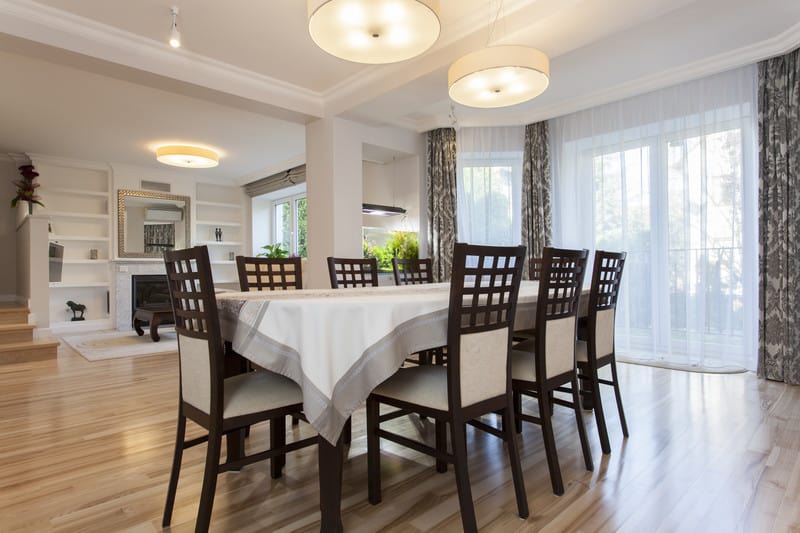NO OBLIGATION
Your Journey to a Beautiful Home Starts at Sunshine Drapery
Receive a complimentary professional in-home design consultation today!

If you’ve ever looked through interior design magazines and oohed and ahhed over the draperies, then you are not alone. Window treatments are not easy to install, particularly to get them to look like they are professionally hung, but there is a way to achieve this effect.
)
Receive a complimentary professional in-home design consultation today!